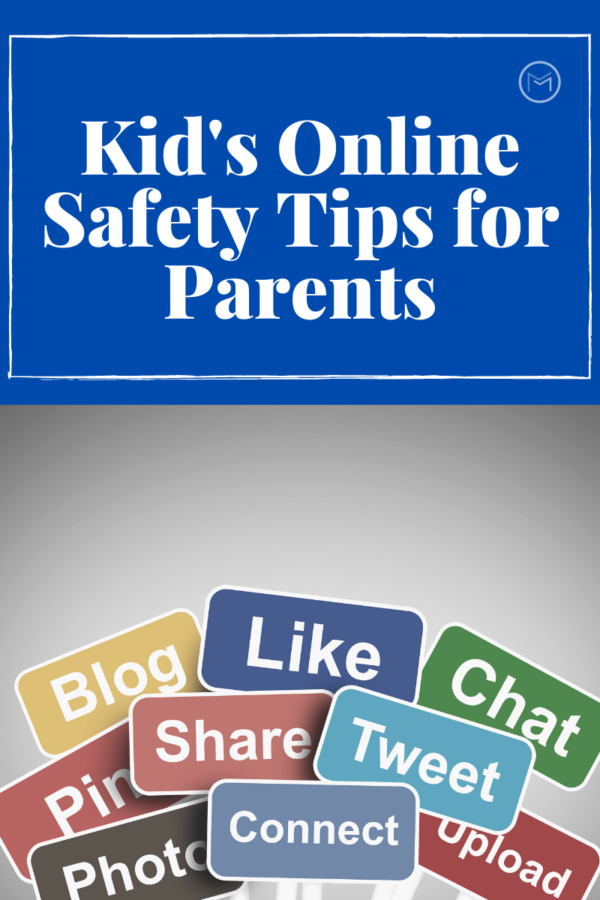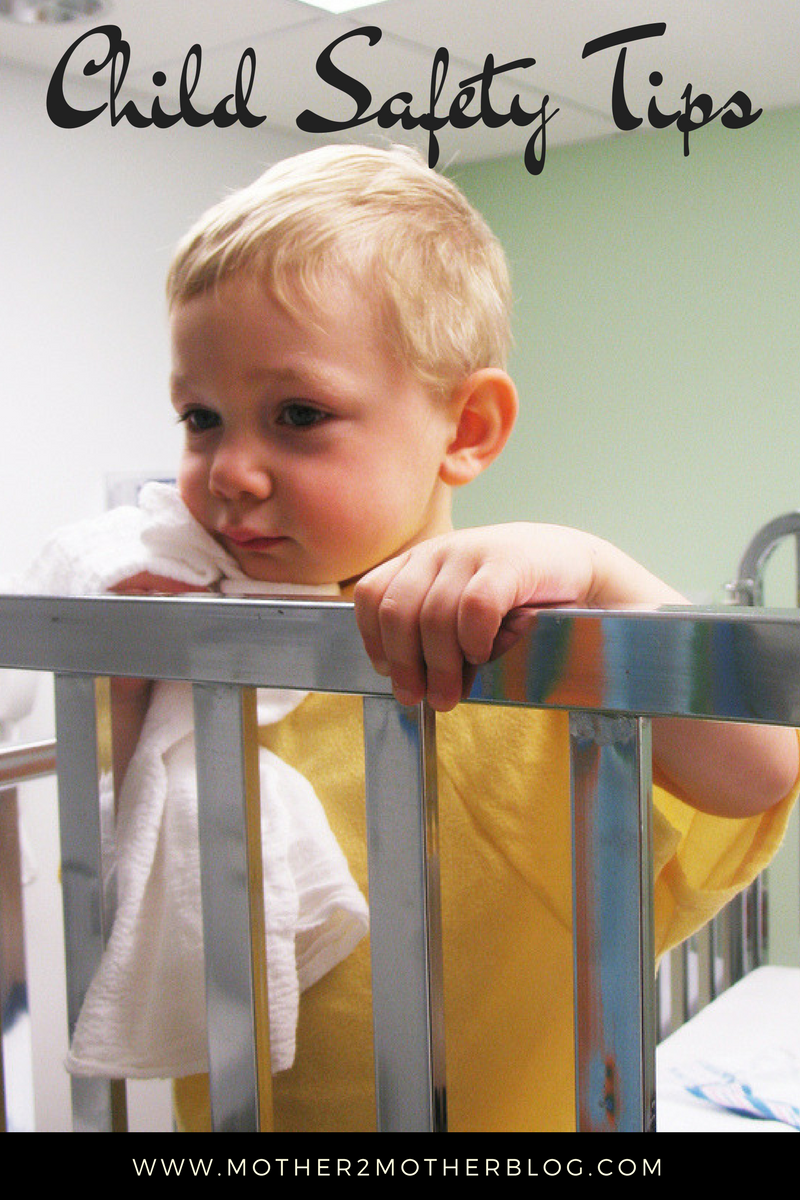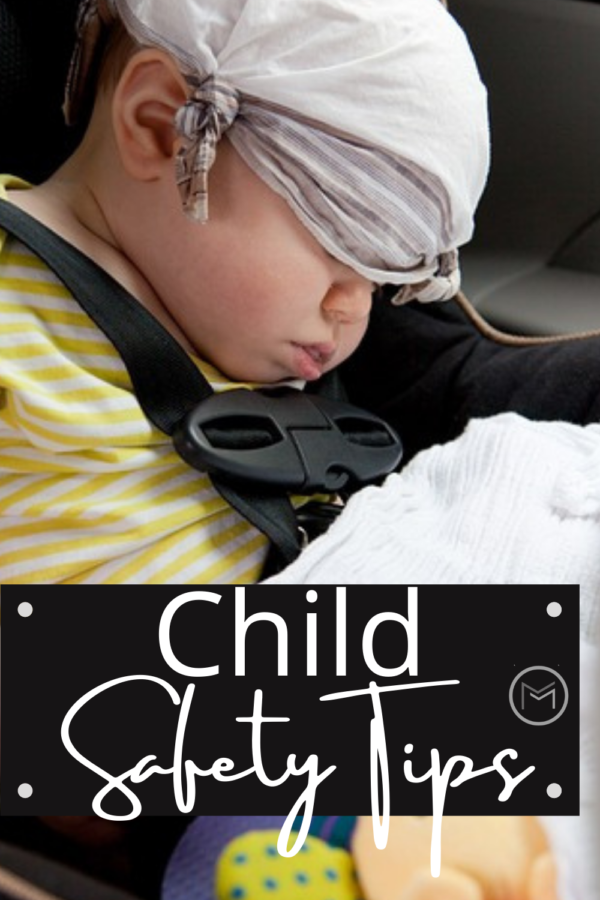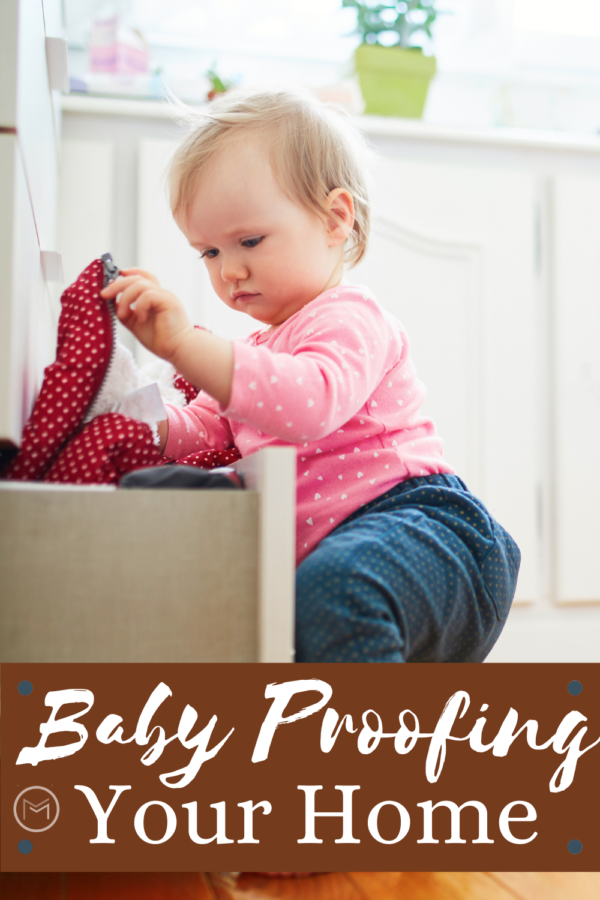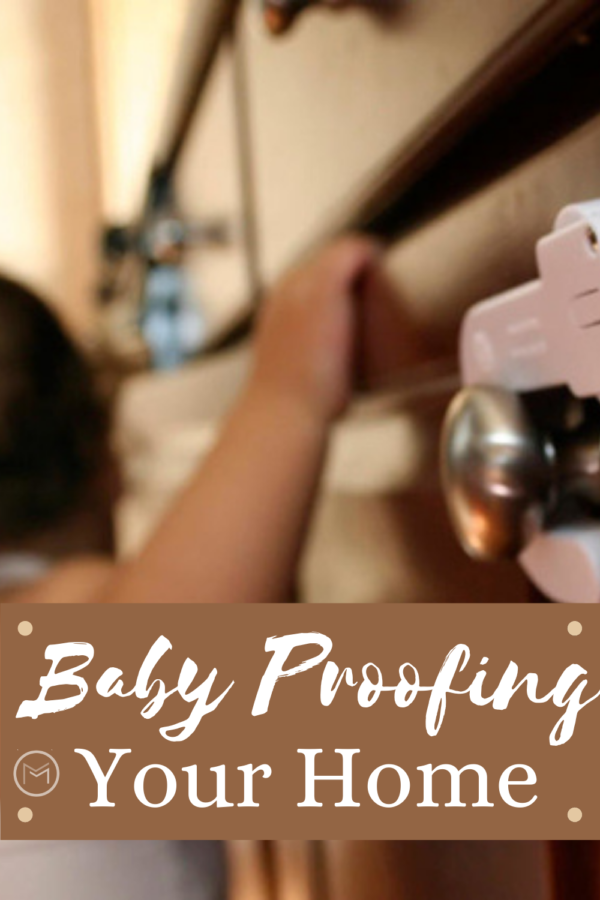Today, I’m sharing parenting tips on reducing backyard safety risks for children. Nothing beats letting our youngsters loose to explore the outside world. And, what better place for safe explorations than your backyard? So, any safety issues must be addressed to ensure your children don’t get hurt.
For example, children can trip and fall over items that should be stored. Furthermore, do you have bushes or vines that can cause rashes or have thorns that could be harmful? What about swing sets that should be replaced or pieces upgraded to ensure everyone is safe or an old delipidated tree house on the property? Of course, you can’t remove all risks, but you can avoid unnecessary outdoor injuries with a little maintenance.
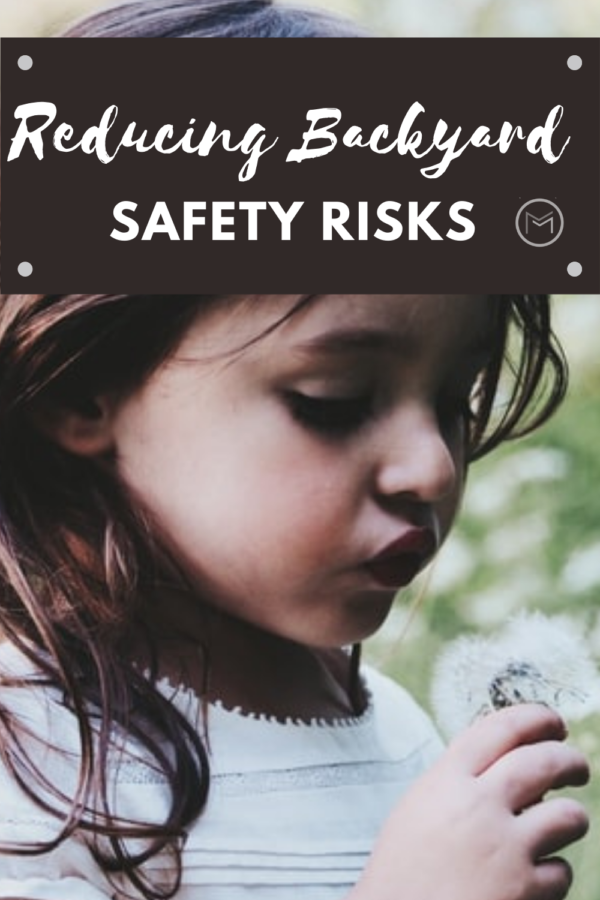
Reducing Backyard Safety Risks:
# 1 – Weed Your Lawn and Gardens
Kids running on the lawn without shoes is a childhood memory many of us hold. If you want this memory for your children as well, make sure there are no broken glass, sharp items or thorns in your grass. Furthermore, garden areas can have poison ivy, thorny shrubs or other items that can cause harm to children. To avoid this, you must mow your lawn regularly and stay on top of that chore. In addition, weeding garden areas should be done regularly too. Unfortunately, many of us lack the time or energy to mow and/or weed regularly. As a result, I suggest that you contact a professional weed control company. They can keep your lawn mowed, fertilized and weed free. In addition, they will maintain your gardens. Coming home to a well manicured lawn and beautiful garden areas is a dream of every home owner. Make that call!
# 2 – Define Garden Areas
&;
Having bugs in your garden is necessary if you want to encourage blooms on your flowers and vegetables. Bugs help pollinate our plants as well as rid our gardens of unwanted other bugs. So, encouraging bees and bugs to your flower gardens or bug hotels is necessary.
As a result, make a notable distinction on where your flower beds meet your lawn. Without boundaries that children can see, they may unknowingly run into your garden trampling your beautiful flowers or possibly encountering a bee, which could sting them. Make sure that doesn’t happen by implementing barriers that will notify kids not to enter.
For example, you can line your garden area with bricks, stone, railroad ties or another material that will make a boundary. They also help to make your gardens visually appealing too.
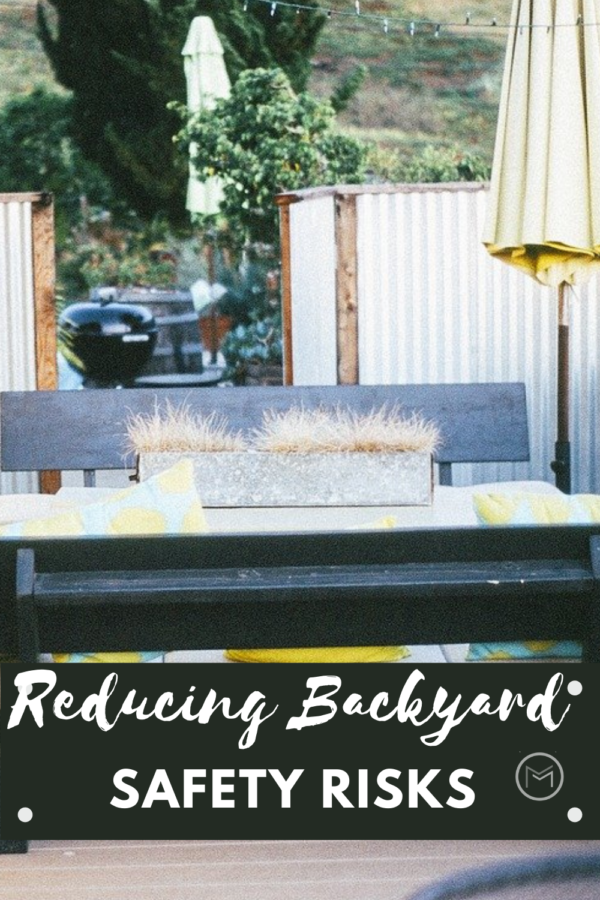
# 3 – Increase Your Outdoor Living Space
Your backyard may be a safer exploration spot than the local park, however, you must still ensure your children are safe. So, install a patio where you sit and watch the children play at times. You can extend your outdoor living space by adding an area where your children can eat, draw or play games. This increased outdoor living space is a winner, especially if you have toddlers. Patios, decks, sunrooms and other elements give your garden an undeniable wow factor.
Your children playing outside having fun, getting fresh air and sunshine and enjoying a snack or family meal is what all parents want. However, backyards have risk. Start by reducing those in your backyard, and you and children will be ready for warm weather when it rolls around.
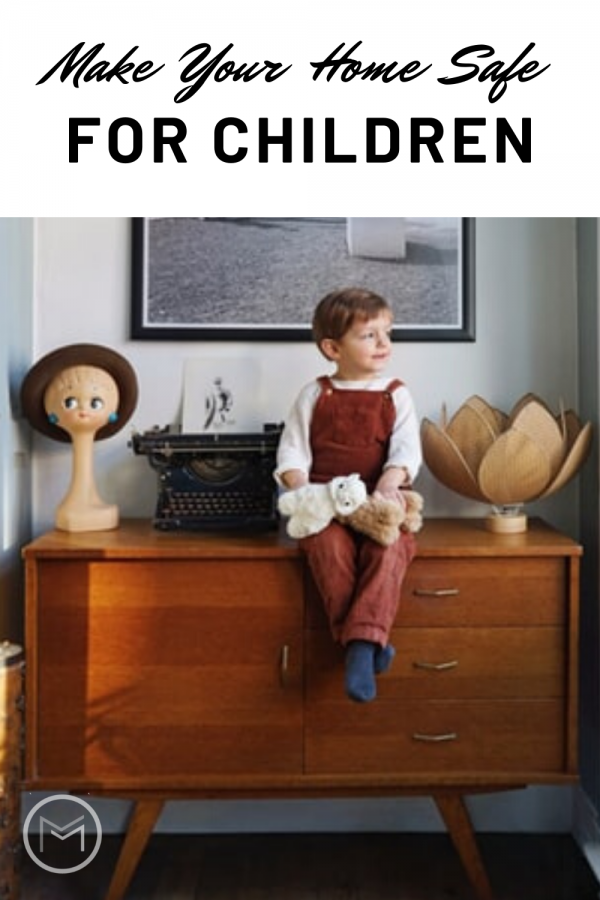
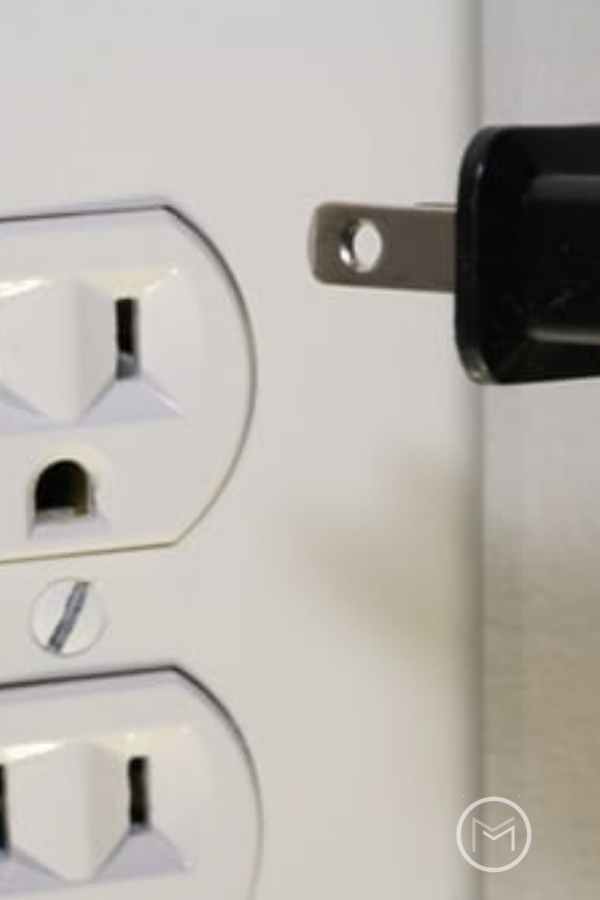
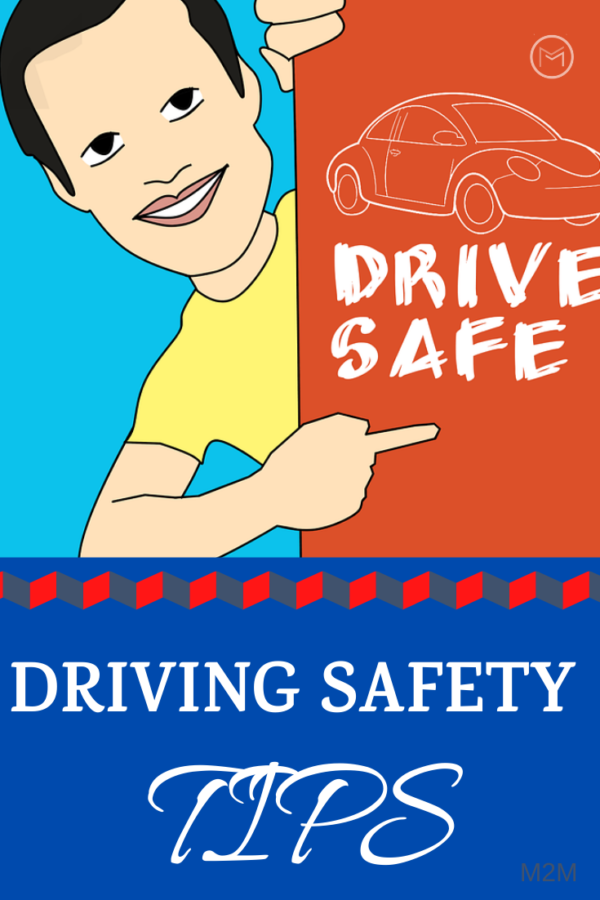
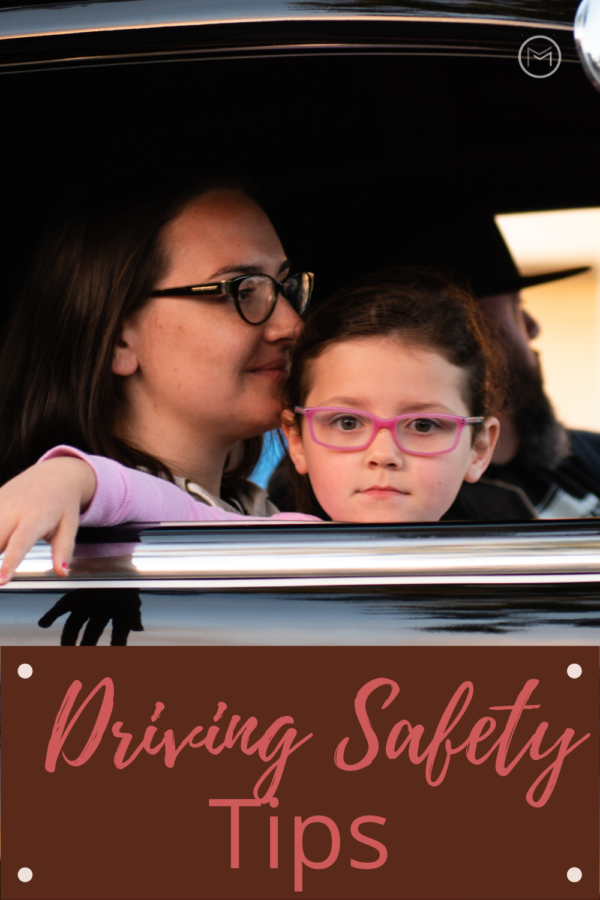
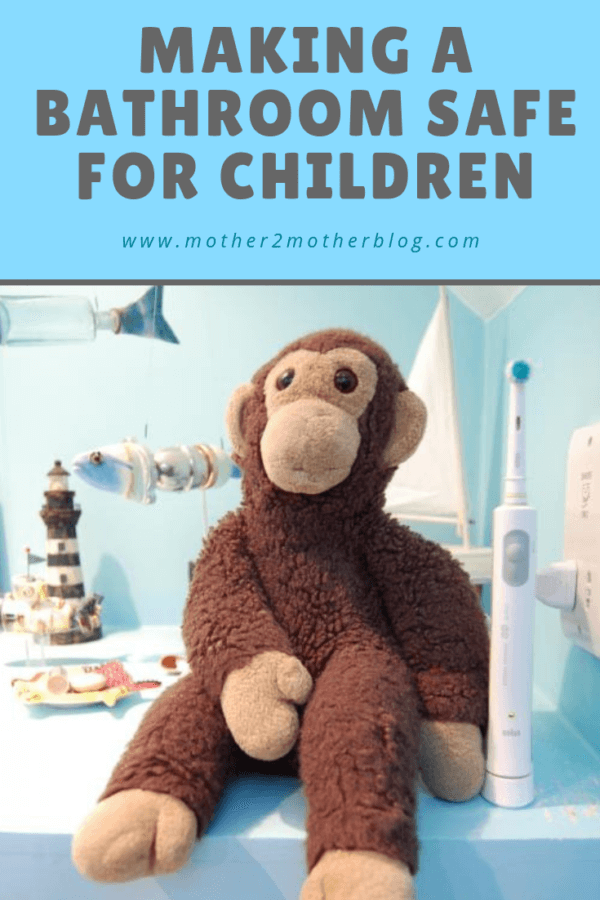
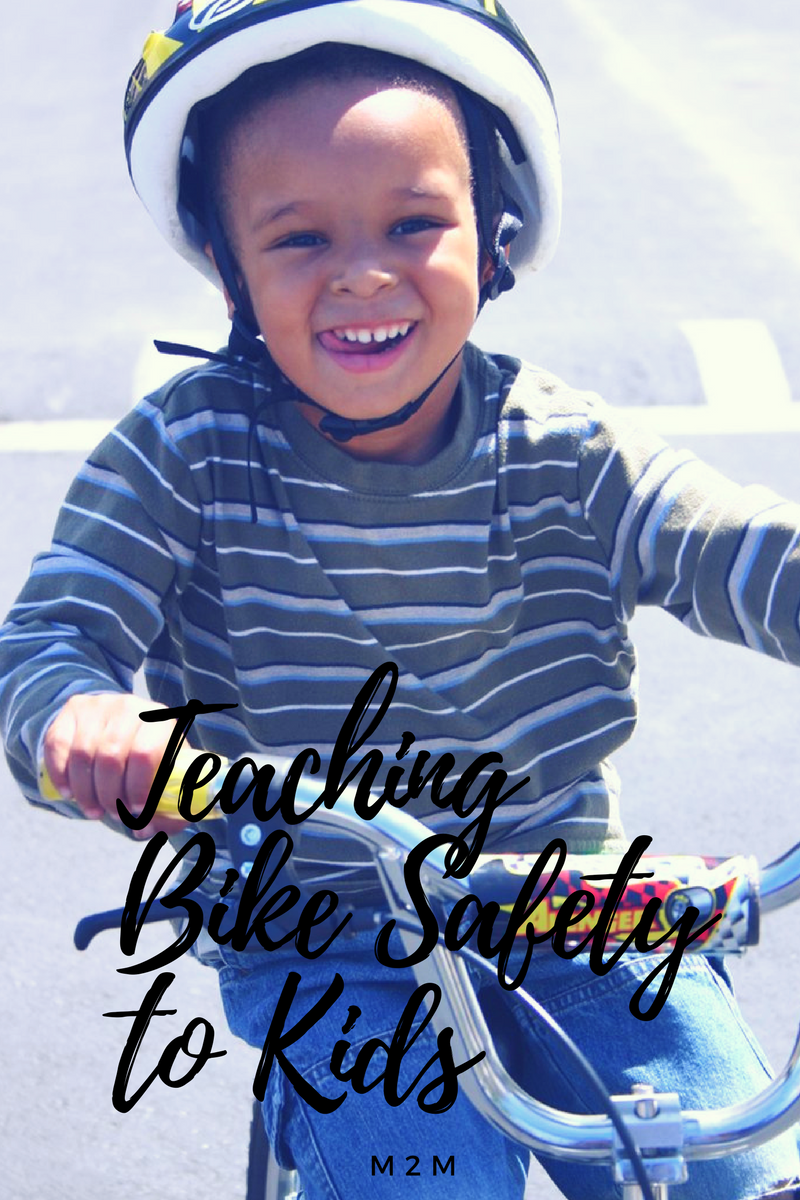
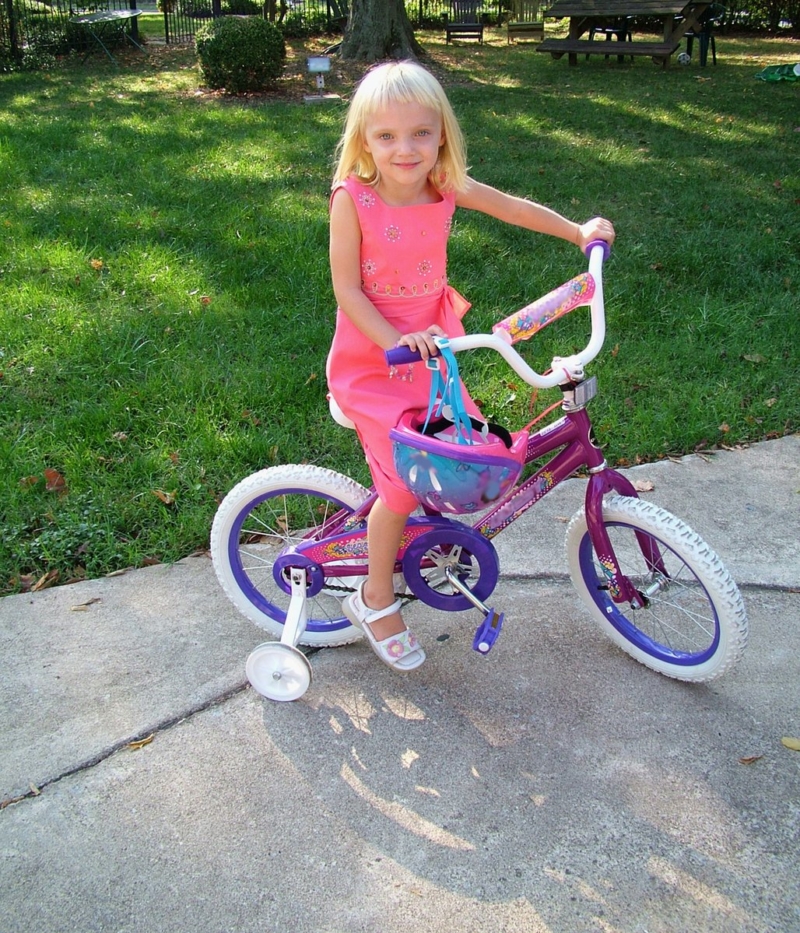
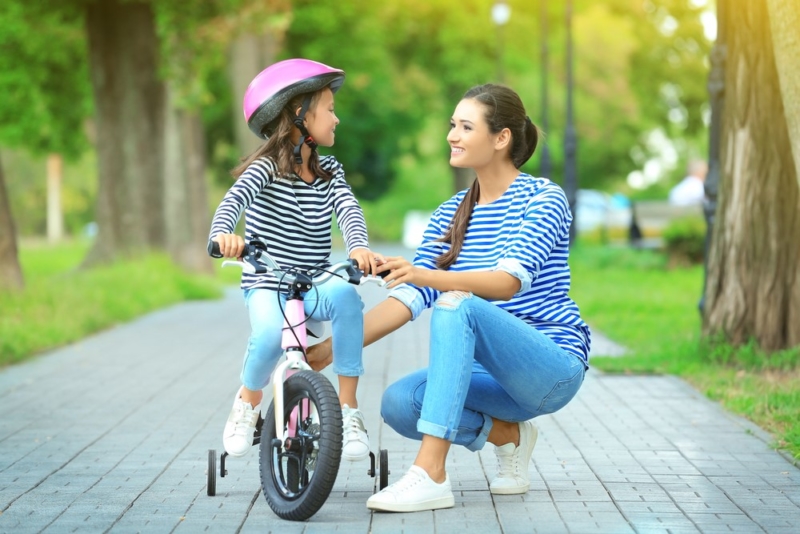
 About the author: Dianna Charles
About the author: Dianna Charles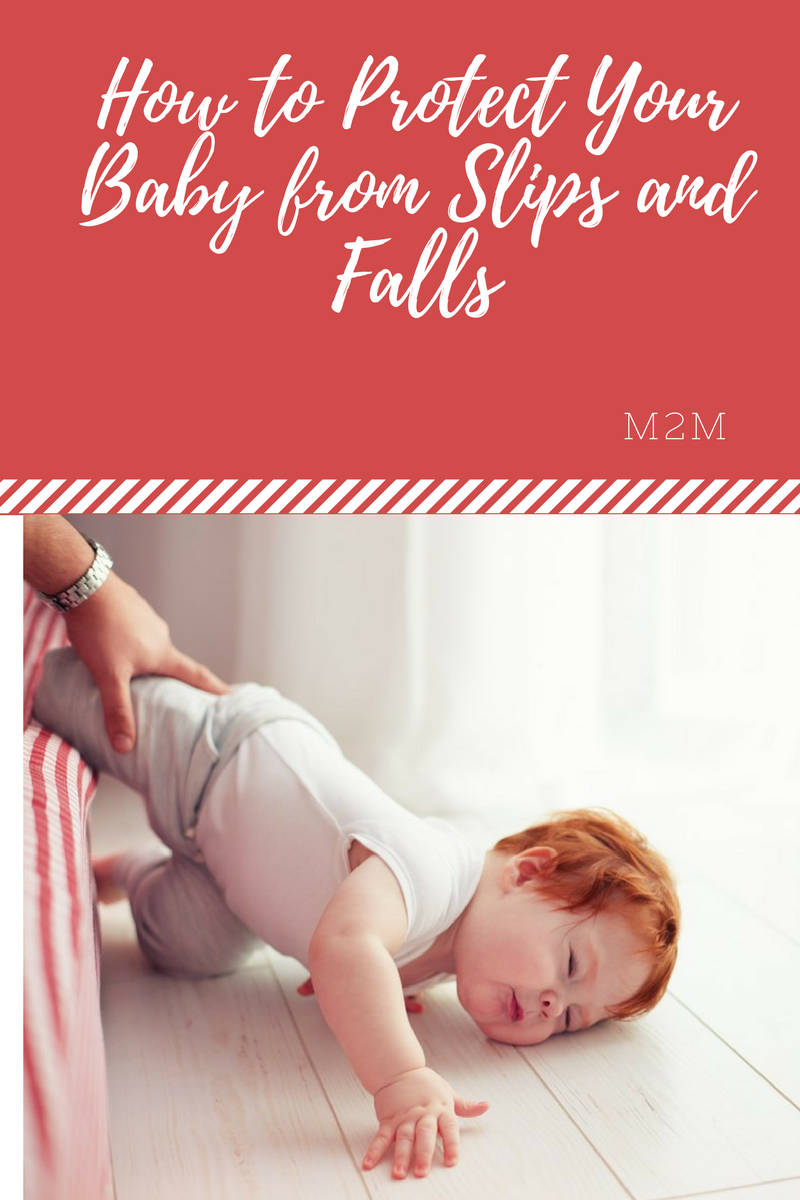
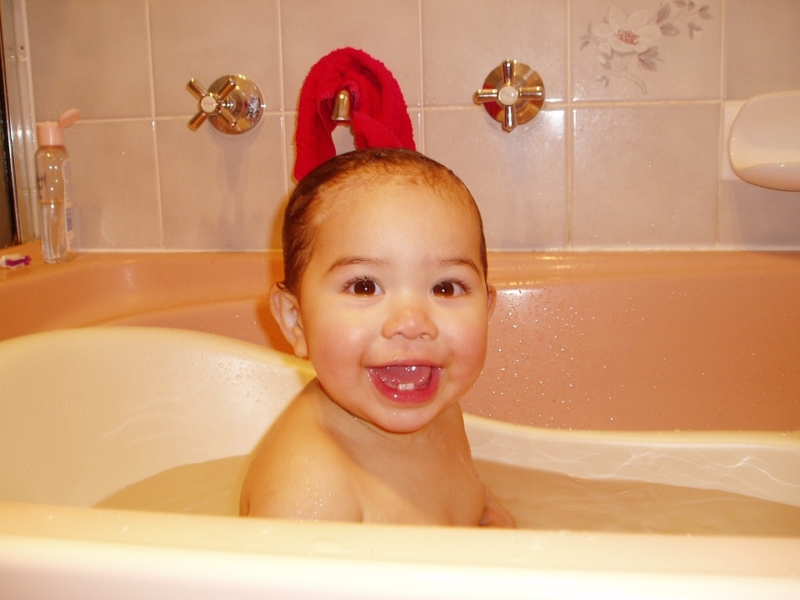
 About the author: Vicki Haskett
About the author: Vicki Haskett